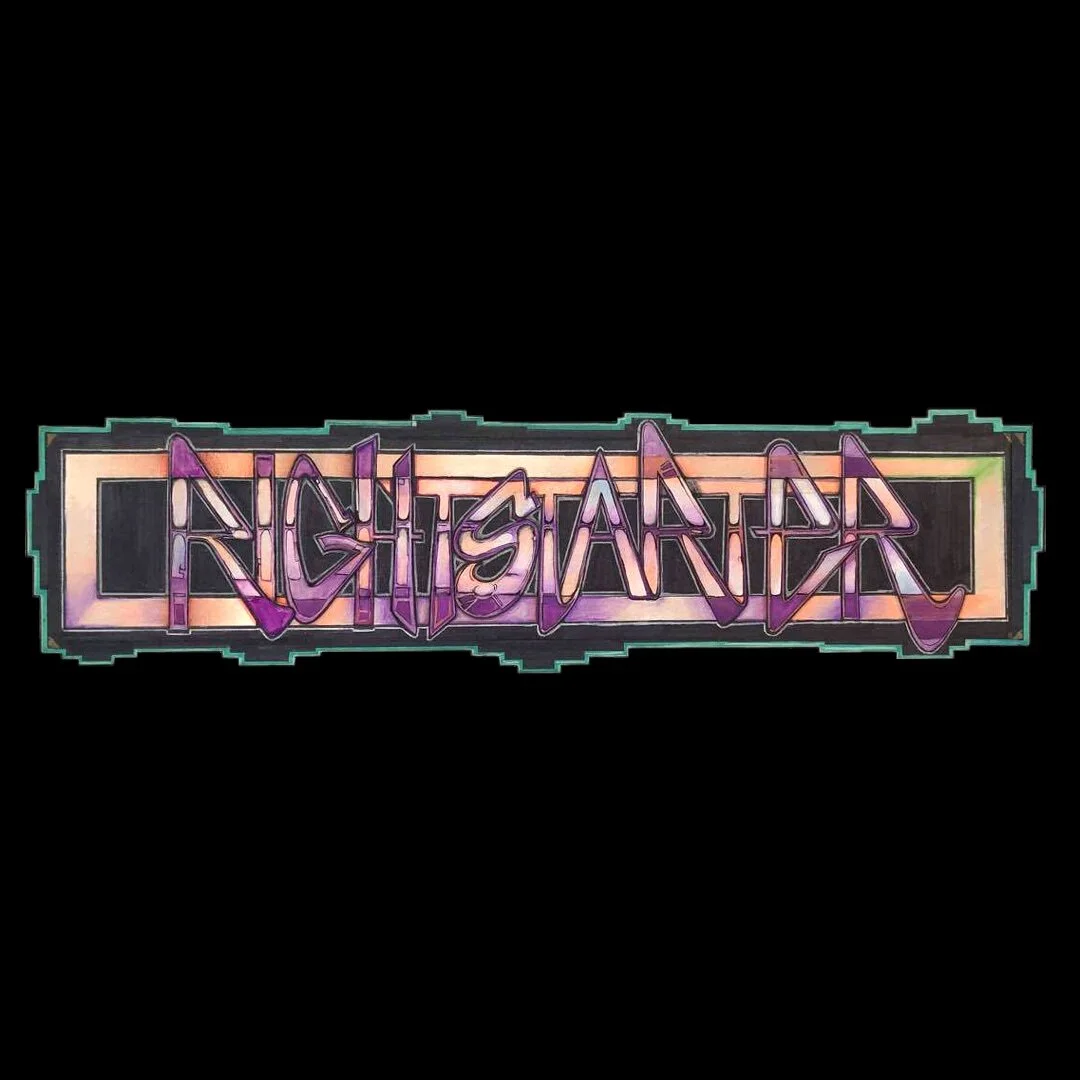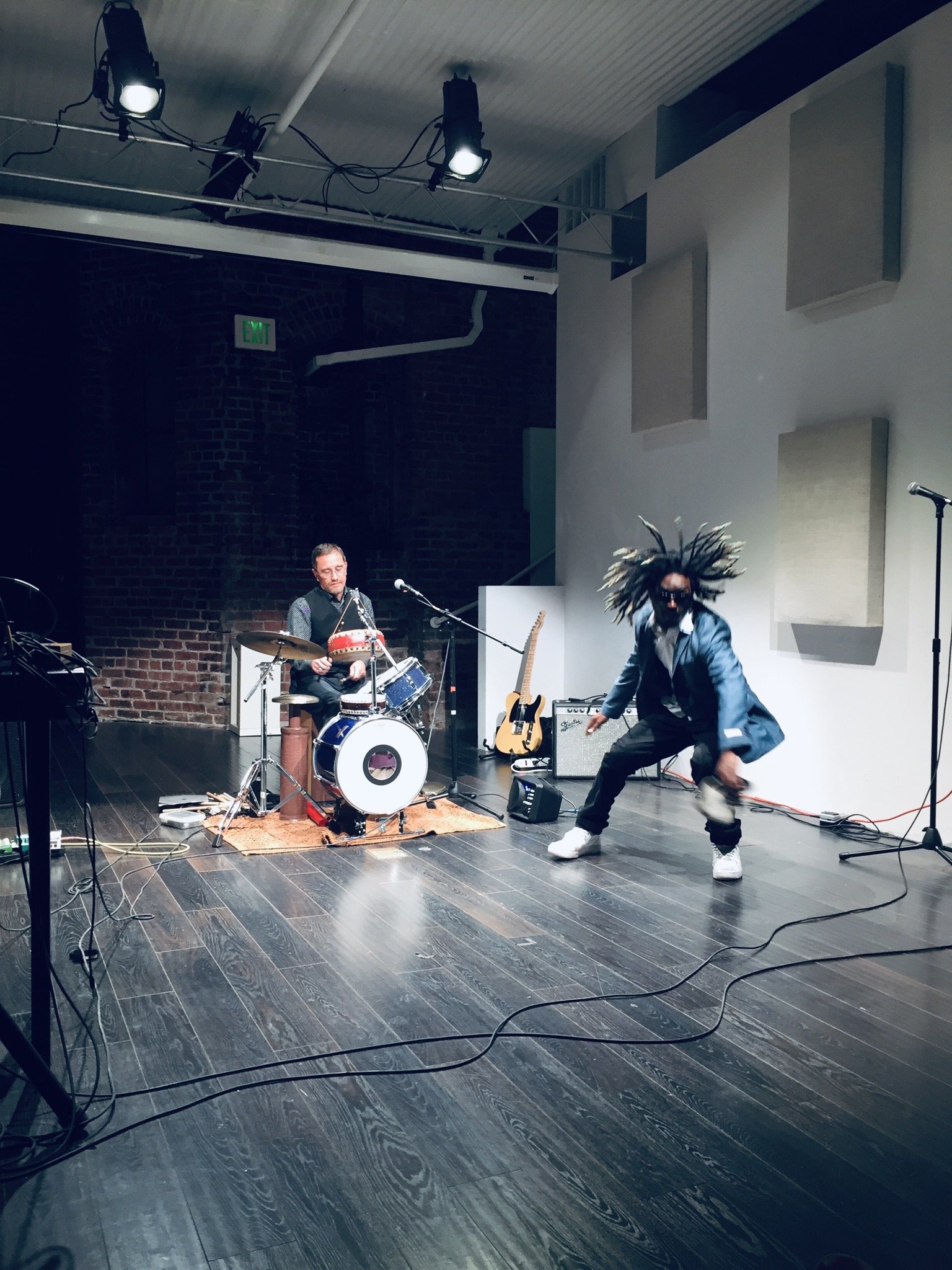by PC Muñoz
Everybody’s frontin’.
You know that, right?
During this pandemic, everybody — you, your boss, your roommate, your best friend, your cherished mentor, your barista, and maybe even God Almighty — is frontin’, either full-time or part-time. Pretending to have the answers or even one answer. Acting as if everything will be just fine. Planning and waiting on some future that will eventually resemble the past.
It's not going to work that way. Human behavior today is profoundly different from what it was two years ago. Different priorities. Different values. Different perspectives. Different tolerance levels. Different.
The sooner we accept this reality, the sooner we can work together to create substantive strategies to negotiate and shape this new existential terrain.
We all consciously “pivoted” to a new reality during the initial COVID-19 shelter-in-place era and we have been attempting to pivot back ever since — with our eyes on some kind of post-pandemic, post-climate crisis, post-civil unrest future which is not going to materialize anytime soon.
Instead of a true “pivot back”, real life is pushing us towards a “ghost pivot” —a slow but decisive turn towards a wildly uncharted future where our day-to-day lives are significantly altered from how they used to be.
Here are three key ways you can stop frontin’ and successfully make the most of your ghost pivot:
1. BE NIMBLE
The new reality requires flexibility — work on yours! Stay nimble, ready to move and ready to shake things up. Be prepared (and unafraid) to swap out, combine, and/or discard ideas at a moment’s notice.
2. STAY OPEN
This applies to both your work life and personal life. On the work side of things, what better time to launch new initiatives and investigate new avenues than right now, when so much is up-in-the-air, in disarray, or about to implode? On the personal side of things: try reading a book about a subject you think you don’t like, or check out a movie with a performer you think you can’t stand. Try giving away or throwing out one possession that you thought you would keep forever. Open up—you’ll reap untold rewards in hard times and your ghost pivot will be that much more of a cinch.
3. CUSTOMIZE
A great deal of cooperation and hard work will be required by as many people as possible to get everyone to this new reality, and customization is looking like a huge part of that. Online tools and digital content are customized at granular levels. Work schedules are now much more customized than ever. In your own work and personal world, how is the fact that people are becoming extremely accustomed to calling the shots on their day-to-day experiences, from the micro to the macro, going to affect you? Get creative with ways you can customize your life, your work, your offerings to the world, and your own personal innovations. This will help you set some personal and work target goals which will help you stay at the top of your game as the world continues to change second to second.
Be nimble, stay open, and customize. No more frontin’.
See you in the future!






